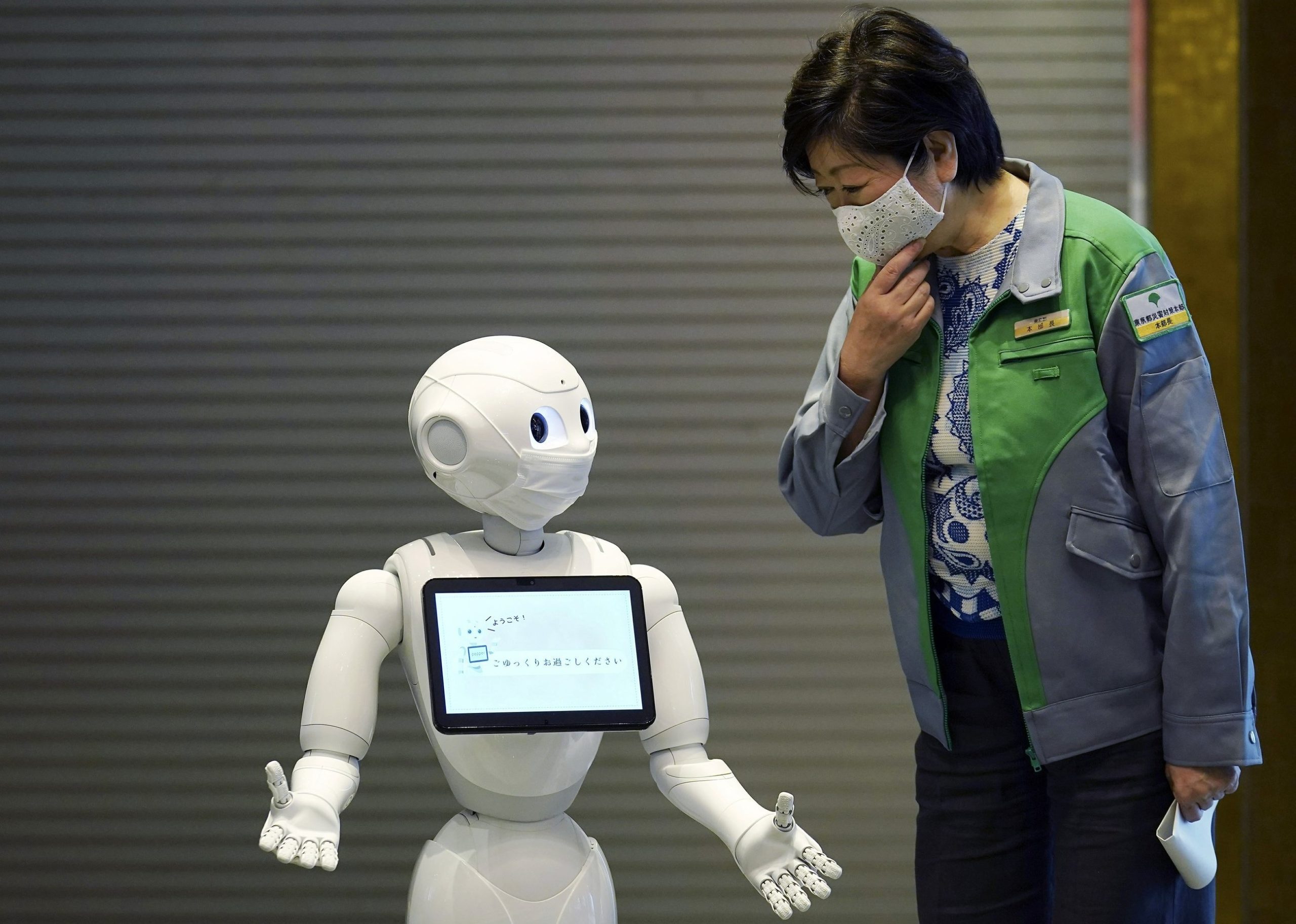How Japan Became a Robot Nation: Culture, History, and Innovation (Also Me)
Japan is widely renowned as a nation with a deep-seated affinity for and wholehearted acceptance of automatons. From animated series and graphic novels to cinematic productions and interactive diversions, robots stand as a prevalent and favored motif within Japanese societal norms. However, what underlies this fascination? How did Japan evolve into a nation characterized by its robot-centric ethos?
One pivotal factor stems from Japan's extensive legacy of scientific and technological breakthroughs, particularly within the realms of engineering and electronic advancements. Following the aftermath of World War II, Japan confronted a scarcity of labor and resources, compelling the nation to reconstruct its economic and societal framework. In response, Japan made substantial investments in research and development, birthing myriad innovations and creations that revolutionized the global landscape. These include fiber-optic technology, portable computing devices, three-dimensional replication processes, high-speed locomotives, and traditional human-pulled carriages. Japan additionally blazed a trail in the domain of robotics, giving rise to humanoid automatons like ASIMO, industrial-grade robotic systems exemplified by FANUC, and amusement-oriented mechanical entities akin to AIBO.
Another contributing factor is rooted in Japan's distinctive cultural ethos and world outlook, which foster an environment of openness and admiration for robots. The indigenous belief system of Japan, Shinto, embodies a variant of animism positing that all entities possess a spirit or essence, be they objects, creatures, or natural phenomena. This implies that Japanese inhabitants do not perceive robots as mere inanimate contrivances or instruments but as sentient entities replete with their idiosyncratic personas and sensibilities. The Japanese populace also attributes human characteristics to robots, ascribing them names, countenances, vocalizations, and emotions. For instance, a robotic entity within a Japanese manufacturing facility may don a headpiece and be accorded the same regard as a compatriot rather than a mechanical adversary.
Moreover, Japan confronts a societal and demographic backdrop that renders robots all the more appealing and indispensable. The nation contends with a diminished birthrate and a maturing populace, signifying a paucity of youthful individuals to care for the elderly and partake in diverse occupational sectors. Robots, thus, assume the role of bridging this lacuna by furnishing companionship, aid, and assorted amenities to an aging community. Additionally, robots serve to alleviate the burdens and workload borne by the bustling and often overburdened Japanese workforce, frequently subject to prolonged work hours and exacting standards. Robots proffer a blend of convenience, efficacy, and amusement aligned with the rhythms of contemporary Japanese living.
In summation, Japan's status as a nation enamored with robots arises from the confluence of its cultural heritage, historical legacy, and trailblazing ingenuity. Japan manifests an ardor for scientific inquiry and technological mastery, coupled with a reverence for the natural world and the sanctity of life while nurturing a predilection for ease and well-being. These elements converge to sculpt Japan's rapport with robots, endowing them with a status transcending that of mere machinery, casting them instead as companions and confidants.
Peace Out

Comments
Post a Comment